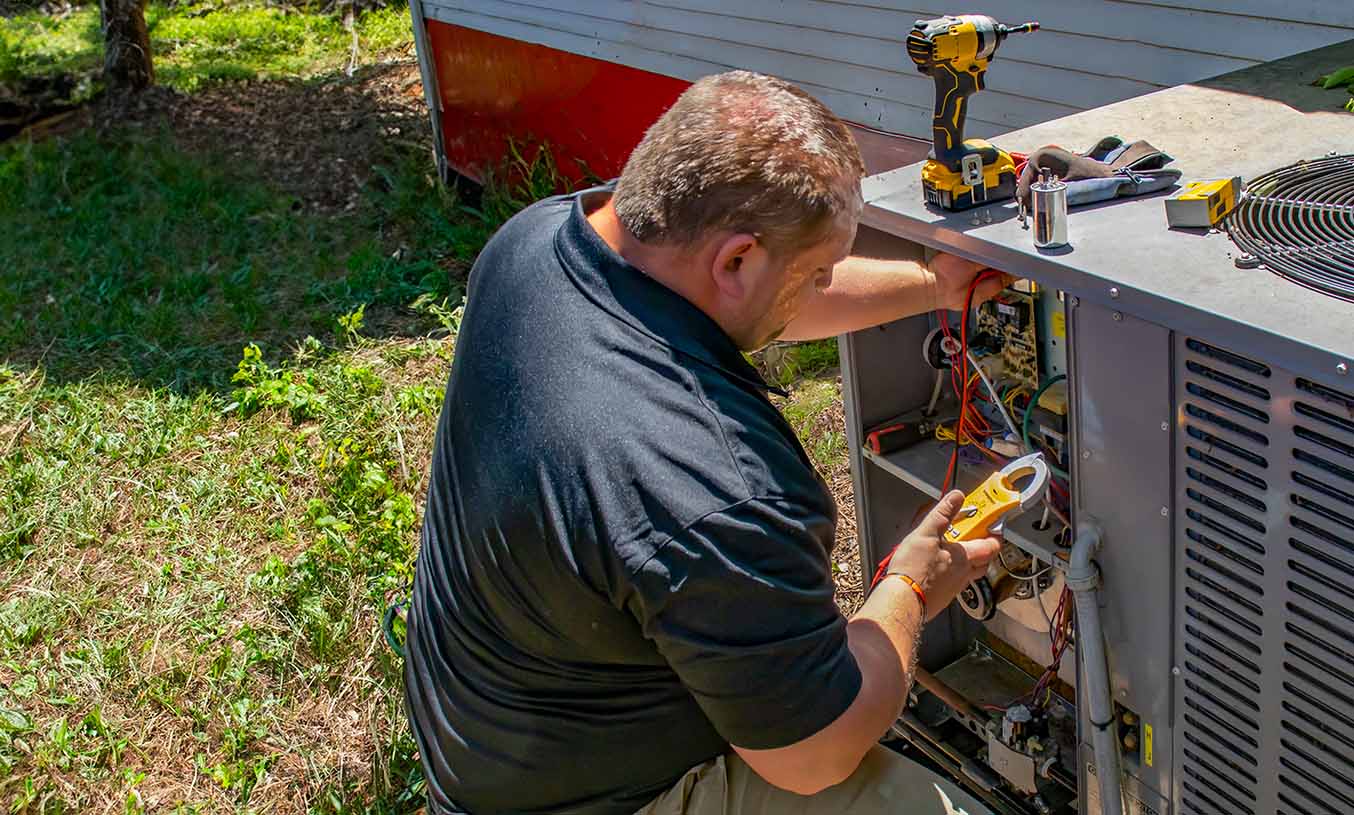

Energy-efficient Cooling
Your trusted partner for professional home services. Quality workmanship, guaranteed satisfaction.




- HEP
- Energy-efficient Cooling
Energy-efficient Cooling | Air Conditioning | Heating and Air Conditioning | Harrison
Whether you’re sweltering through a Hudson Valley heatwave or battling a damp spring chill, HEP keeps Harrison homes perfectly balanced with energy-efficient cooling, heating, and air conditioning solutions. Our local technicians pair cutting-edge equipment—think inverter-driven heat pumps and smart zoning controls—with meticulous craftsmanship, trimming utility bills while shrinking carbon footprints. From initial load calculations to seamless installation, every step is tailored to your home’s unique layout, so you enjoy whisper-quiet comfort and healthier indoor air all year long.
Customers love the peace of mind that comes with our comprehensive maintenance plans and 24/7 emergency response. Add in transparent pricing, generous warranties, and decades of hometown experience, and it’s easy to see why neighbors across Harrison trust HEP to make comfort effortless. Reach out today and feel the difference an energy-smart approach to air conditioning can make.
FAQs
What qualifies an air conditioner or heat pump as “energy-efficient,” and how can I tell if a unit meets that standard?
In the HVAC industry, efficiency is measured by metrics such as SEER2 (Seasonal Energy Efficiency Ratio, version 2) for cooling and HSPF2 (Heating Seasonal Performance Factor) or AFUE (Annual Fuel Utilization Efficiency) for heating. In general, the higher the rating, the less electricity or fuel the system needs to deliver the same comfort. Look for the ENERGY STAR® label first; it certifies that the equipment is at least 15 % more efficient than the federal minimum. Next, check the yellow EnergyGuide sticker: in Harrison, units rated 16–20 SEER2 and above, variable-speed compressors, and ECM (electronically commutated) fan motors are considered high-efficiency. If you’re unsure, our comfort specialists can run a load calculation and present side-by-side operating cost comparisons for you.
How much can I save on my utility bills by upgrading to a high-efficiency air-conditioning system in Harrison’s climate?
Savings depend on the efficiency jump you make, the condition of your ductwork, and how you currently use your system. Upgrading from an older 10 SEER unit to a modern 18 SEER2 variable-speed model can cut cooling energy consumption by roughly 40–45 %. For an average 2,000 sq ft Harrison home that spends about $1,000 per year on summer electricity, that could mean $400–$450 in annual savings. In winter, a cold-climate heat pump with a 9 HSPF2 rating can reduce heating costs by 30–50 % compared with electric resistance or older oil systems. Our team provides a personalized savings projection during your free in-home estimate.
Are there rebates, tax credits, or other incentives available in Harrison for installing energy-efficient HVAC equipment?
Yes. Through 2032, the federal Inflation Reduction Act offers a tax credit of up to 30 % of the project cost, capped at $2,000, for qualifying heat pumps and up to $600 for high-efficiency central AC units. Con Edison (for Westchester County, including Harrison) currently provides rebates ranging from $500 to more than $2,000 on ENERGY STAR certified heat pumps, plus additional bonuses for integrated controls. New York State’s NYSERDA Clean Heat Program also delivers incentives of $500–$1,250 per ton, issued as instant discounts through participating contractors like us. We handle all paperwork so you get the rebate up front and the tax credit at filing time.
Does a high-efficiency system still need routine maintenance, and what does a typical service visit include?
Absolutely. Efficiency ratings are achieved under laboratory conditions; dirt build-up, refrigerant loss, or airflow restrictions can quickly erase those gains. Twice-a-year professional tune-ups (once before cooling season and once before heating season) usually include: • cleaning or replacing filters • checking refrigerant charge and adjusting to factory spec • rinsing condenser & evaporator coils • inspecting electrical connections & capacitors • lubricating motors • verifying thermostat calibration • measuring static pressure in ducts. Well-maintained systems run 10–15 % more efficiently, suffer fewer breakdowns, and stay under warranty—most manufacturers require documented maintenance to keep warranties valid.
Can a heat pump really handle both heating and cooling in Harrison’s four-season weather, including winter cold snaps?
Yes—modern cold-climate, inverter-driven heat pumps are engineered to perform efficiently down to outdoor temperatures of ‑5 °F to ‑15 °F, which comfortably covers Harrison’s typical winter lows. They reverse the refrigeration cycle to extract heat from outdoor air in winter and reject heat in summer, eliminating the need for separate furnace and AC units. For extremely low temperatures, we can integrate an electric or gas backup (dual-fuel) that kicks in only when required, ensuring uninterrupted comfort and maximizing overall efficiency.
How do smart thermostats, zoning, and other controls improve energy efficiency in my Harrison home?
Traditional single-zone systems treat the whole house as one space, meaning bedrooms and living areas get conditioned even when empty. By adding zoning dampers or ductless mini-split heads, each area gets its own thermostat, so you condition only the spaces in use, often saving 20–30 % on utility costs. Smart Wi-Fi thermostats add learning algorithms, occupancy sensors, and geofencing—from your phone they can set back temperatures when you leave Harrison for the day and restore comfort before you return. Many utilities also provide demand-response credits when you allow minor set-backs during peak periods, adding more savings. Our team can retrofit zoning dampers or recommend ductless options if your current ductwork can’t be easily zoned.